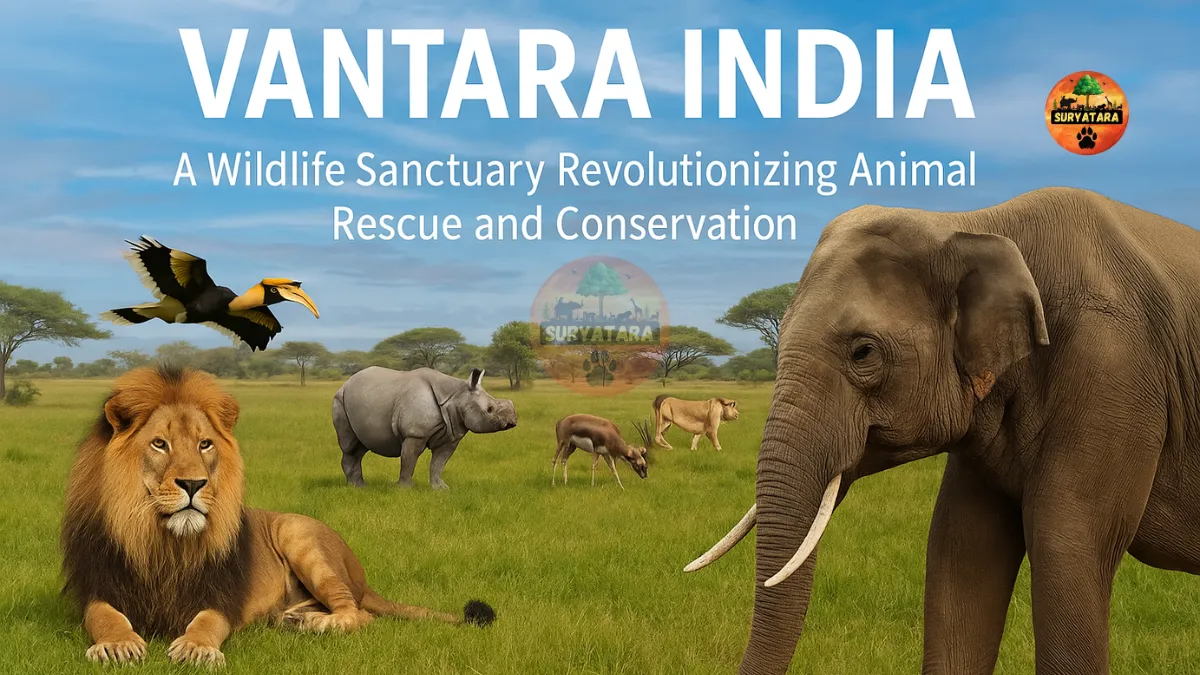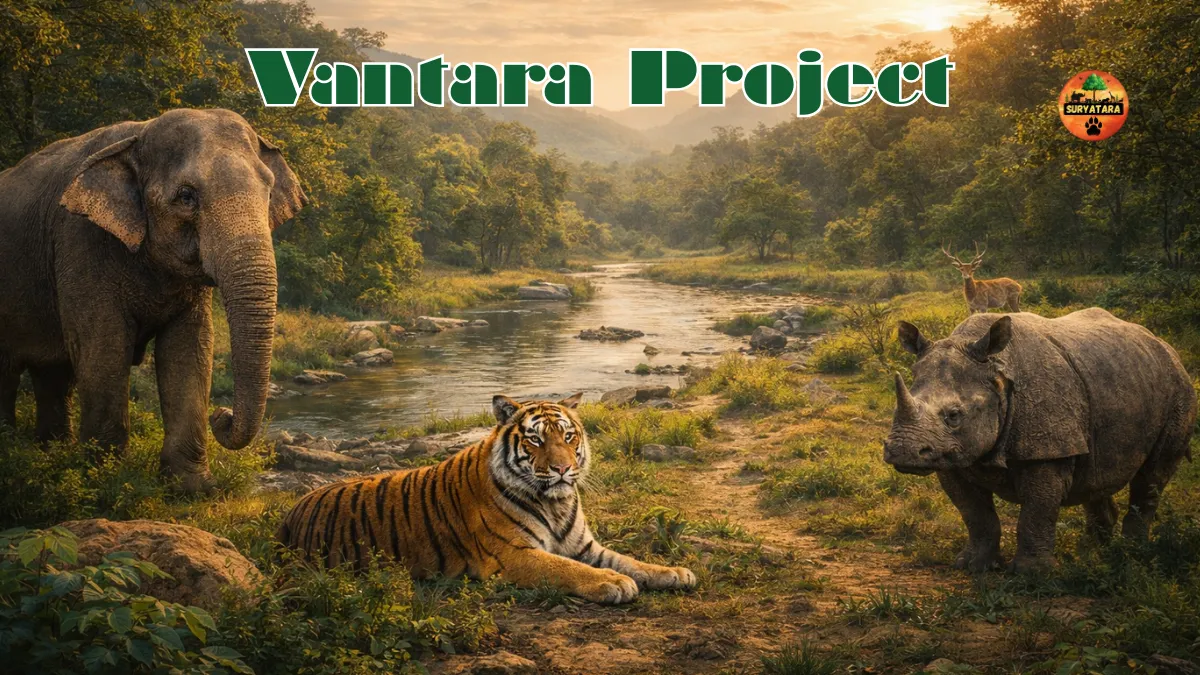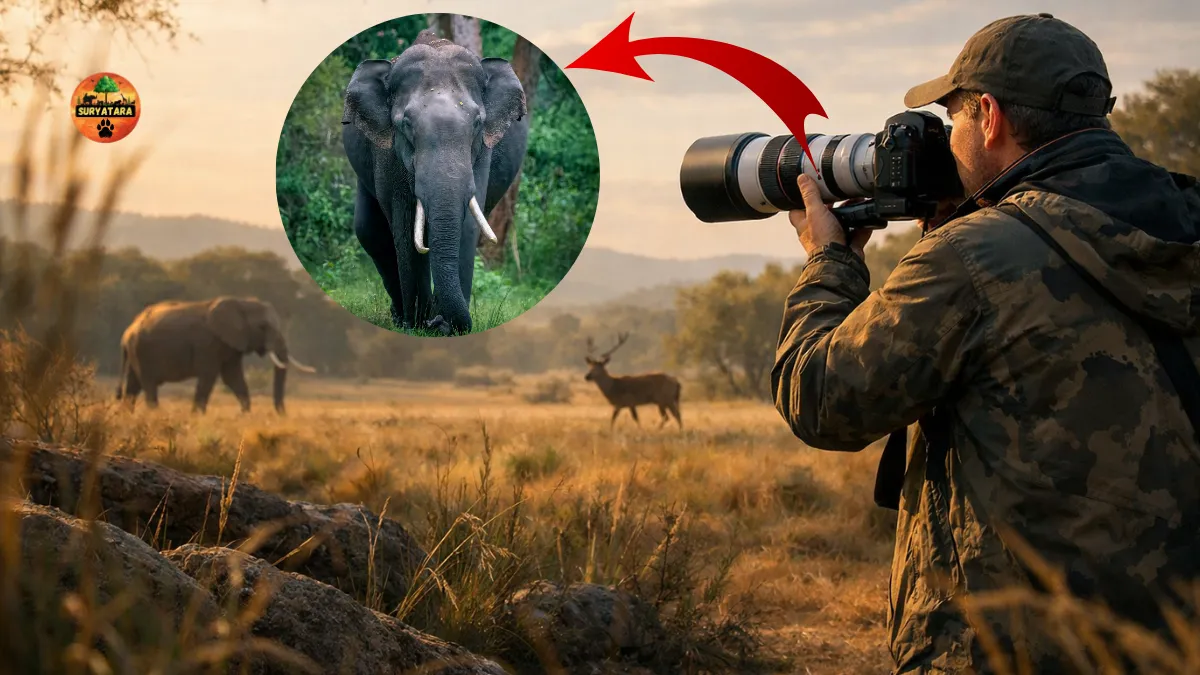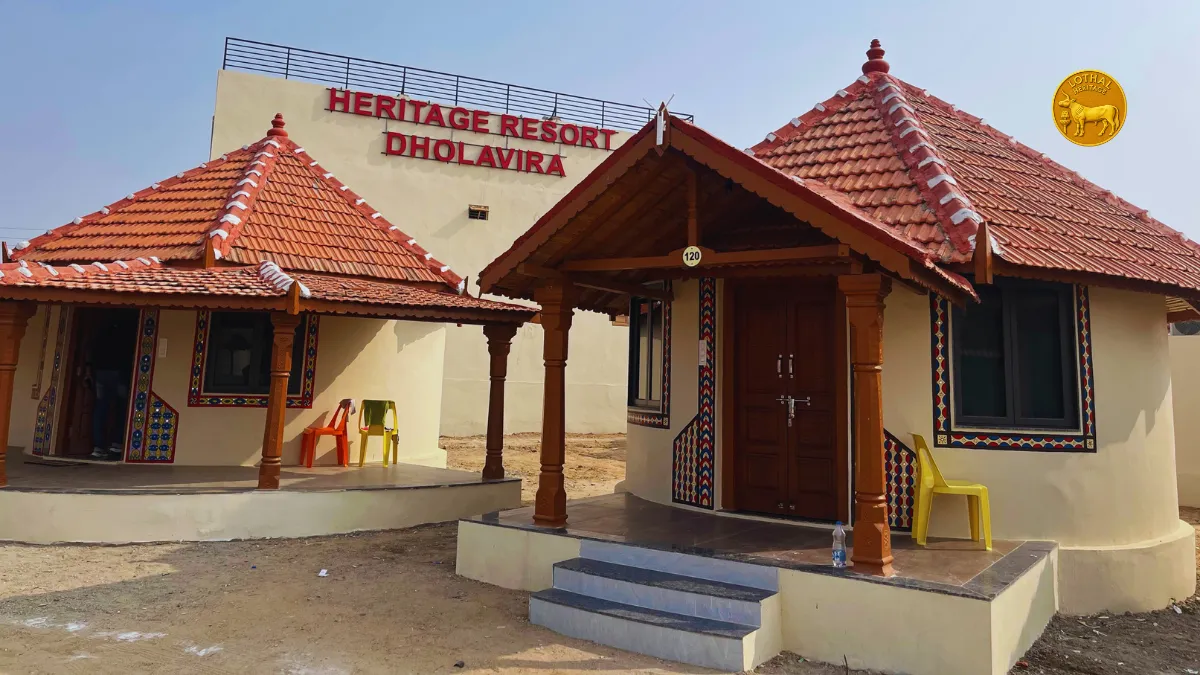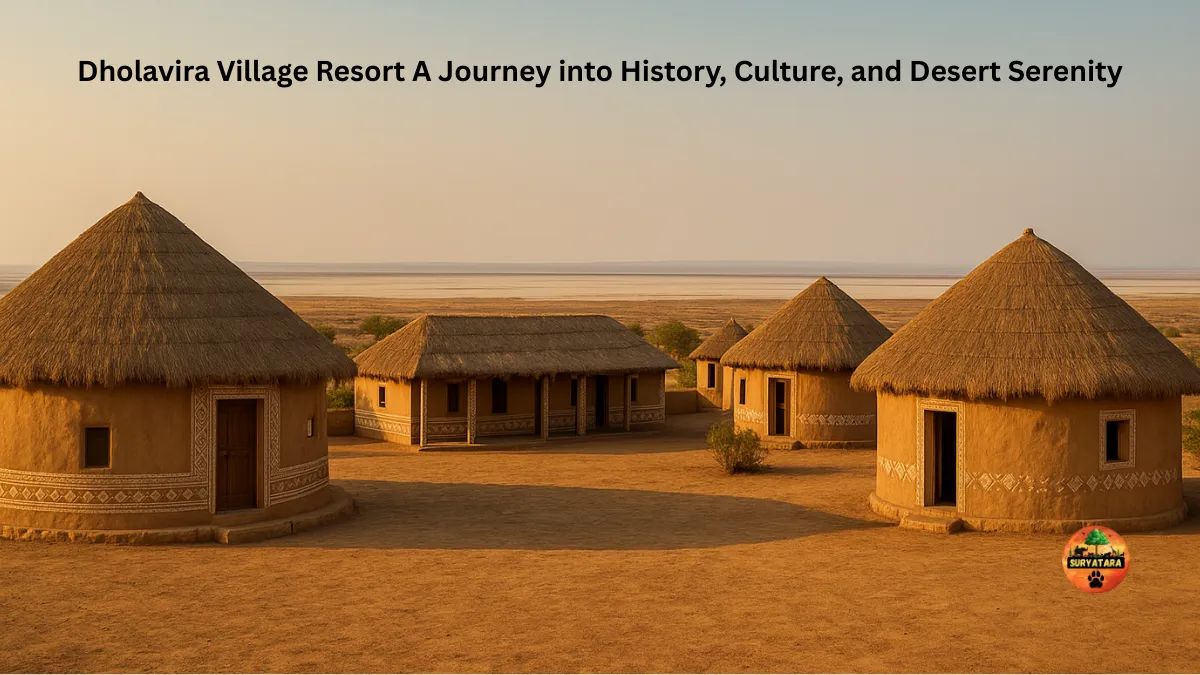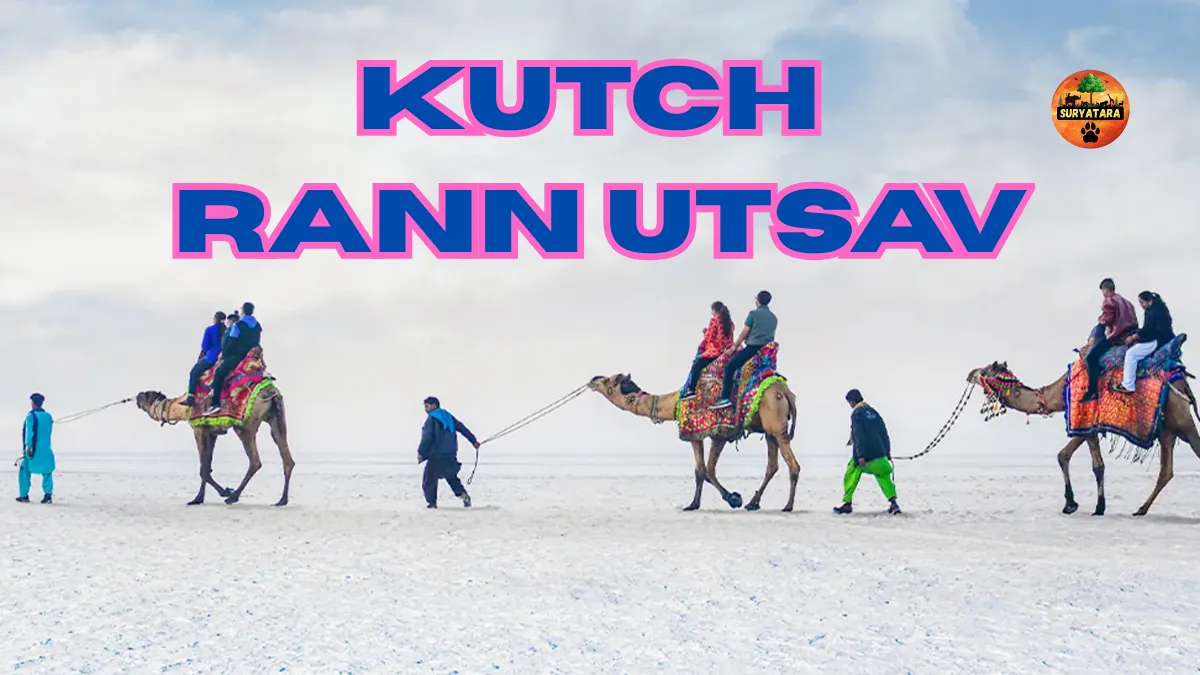Vantara India is rapidly emerging as a beacon of hope in the realm of wildlife rescue, rehabilitation, and conservation. Located in Jamnagar, Gujarat, this state-of-the-art animal sanctuary is not just another zoo or park—it is a groundbreaking initiative that redefines how we care for and protect animals, both native and rescued from across the globe.
This article explores what makes Vantara India exceptional, its vision, facilities, conservation efforts, and why it’s becoming a global model for ethical wildlife care.
What is Vantara India?
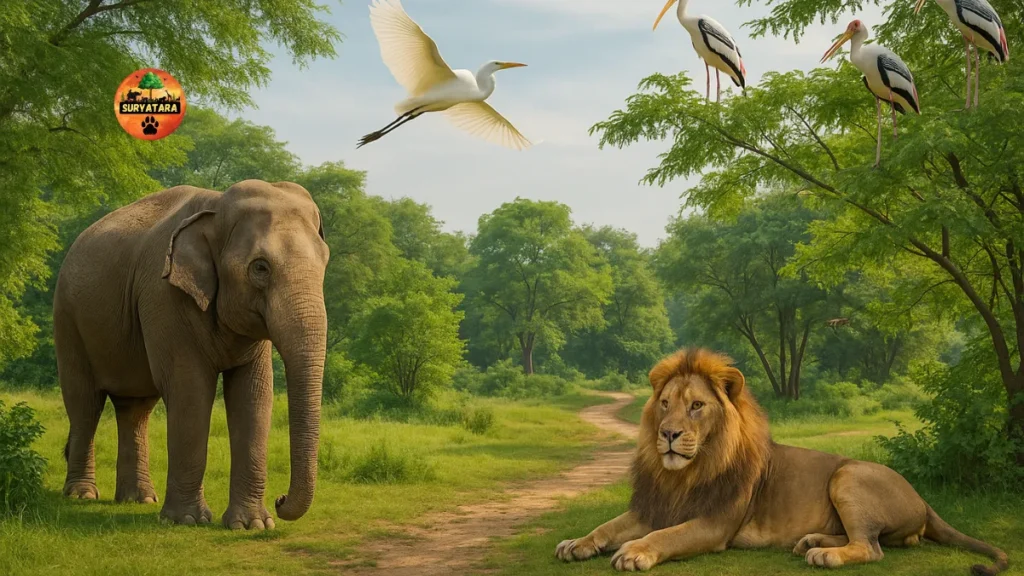
At its core, Vantara India (meaning “Star of the Forest”) is a large-scale, privately funded animal rescue and rehabilitation center developed by Reliance Industries Ltd., under the guidance of Anant Ambani. Spread across more than 3,000 + acres, it is designed as a safe haven for injured, abused, or endangered animals, with a strong emphasis on scientific care, natural habitats, and international standards of veterinary treatment.
Unlike typical zoos, Vantara is not a place for entertainment but for education, conservation, and compassion. It is home to thousands of animals including elephants, lions, leopards, rhinos, antelopes, birds, and reptiles—many of which have been rescued from traumatic conditions in circuses, illegal trade, or conflict zones.
World-Class Facilities at Vantara India
Vantara India stands apart due to its unparalleled infrastructure, which includes:
- Advanced Veterinary Hospital: Equipped with MRI, CT scan, X-ray, ultrasound, and critical care units, it is one of the most sophisticated animal medical facilities in the world.
- Naturalistic Enclosures: Designed to mimic natural habitats, each enclosure provides animals the freedom to express their natural behaviors. From African savannahs to Indian grasslands, the biodiversity is authentically replicated.
- Specialized Care Units: Including nurseries for orphaned animals, quarantine zones, and enrichment centers that ensure mental and physical stimulation.
- Green Energy Usage: The sanctuary is powered largely by renewable energy sources, making it a model for sustainable conservation.
Conservation and Global Impact
One of Vantara India’s biggest achievements lies in its commitment to conservation and rehabilitation. It has successfully collaborated with international agencies to rescue animals from poor conditions in other countries, such as the recent transfer of over 700 wild animals from Namibia. Additionally, Vantara has saved hundreds of animals from ritual sacrifice on the Indo-Nepal border—an act that speaks volumes about its humanitarian and ecological mission.
The sanctuary also plays a pivotal role in breeding endangered species to maintain genetic diversity and reintroduce them to their natural habitats when possible. Species such as the Indian Great Hornbill, Asiatic Lions, and Blackbucks are part of carefully monitored conservation programs.
Why Vantara India Matters
In a world where animal habitats are rapidly disappearing due to urbanization and climate change, Vantara India serves as a reminder of what’s possible when innovation meets empathy. It’s not just a place—it’s a movement. A place where modern science, traditional values, and passionate individuals come together to protect the voiceless.
For visitors and volunteers, the sanctuary also serves as an educational platform. Guided tours (expected to open soon for the public) will focus not on showcasing animals, but on teaching people about ecosystems, animal welfare, and responsible coexistence with nature.
Also read: Vantara Jamnagar Hosts Wildlife Welfare Training for Congolese Delegation
Key Details at a Glance
- Location: Near Jamnagar, Gujarat, India
- Area: 3,000+ acres
- Operated by: Reliance Industries Ltd.
- Founder: Anant Ambani
- Focus: Animal rescue, rehabilitation, conservation, and public awareness
- Not Open for Regular Tourism Yet: Only guided visits and research access at present
Also read: Who is the CEO of Vantara Ambani? A Deep Dive into the Leadership of India’s Wildlife Revolution
Conclusion
Vantara India is more than a sanctuary—it’s a symbol of hope, a model for future wildlife care, and a reflection of India’s growing role in global conservation efforts. With its visionary leadership and commitment to animal welfare, it sets a new global benchmark for what a compassionate, scientifically grounded wildlife sanctuary can be.
As more people learn about and support such initiatives, Vantara India stands tall as a testament to the power of purpose-driven action. It is a sanctuary not just for animals, but for humanity’s conscience.
